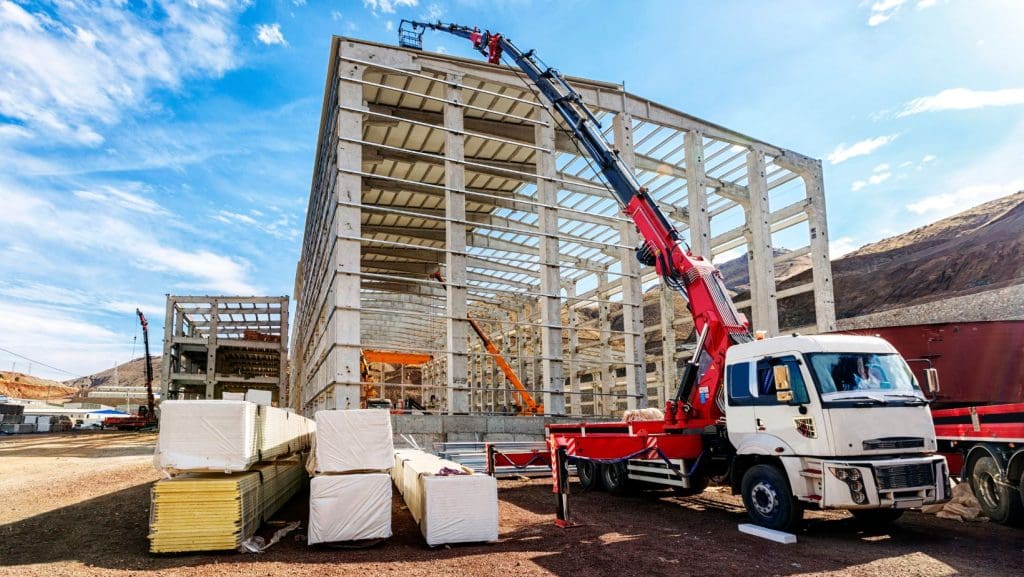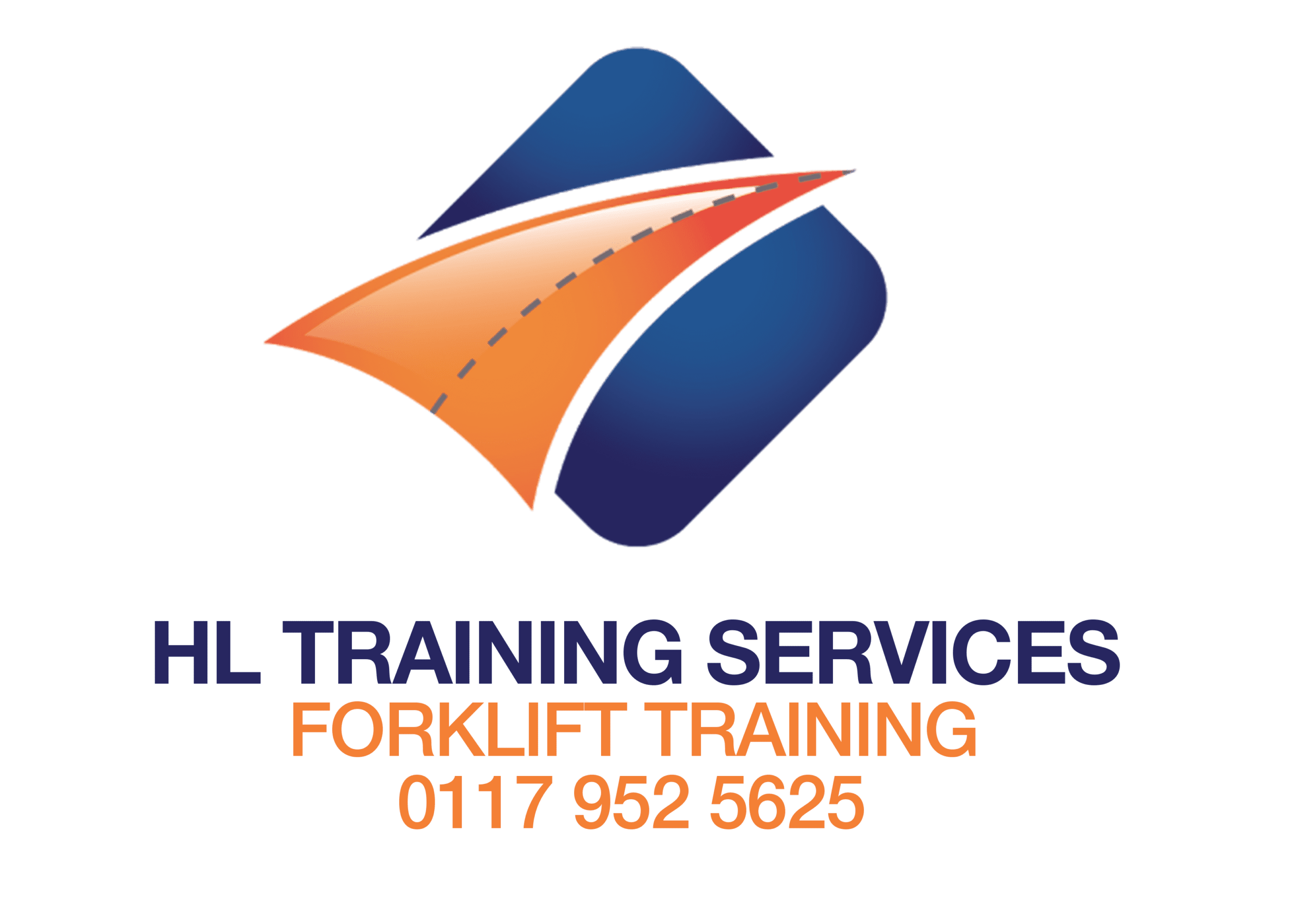
In the fast-paced world of logistics and transportation, the need for efficient and safe material handling solutions is paramount. HIAB trucks have emerged as a reliable and versatile option for various industries, enabling seamless loading and unloading operations. In this blog post, we will delve into the world of lorry-mounted cranes, exploring their definition, purpose, advantages, key components, and, most importantly, the significance of proper HIAB training to ensure safe and effective operations.
What are HIAB Trucks?
HIAB trucks, also known as loader cranes or knuckle boom cranes, are specialised vehicles equipped with a hydraulically operated crane mounted on the truck. These cranes have multiple hinged sections, allowing them to fold compactly when not in use and extend to reach impressive heights when needed. The primary purpose of HIAB cranes is to efficiently self-load,and unload where forklifts are unavailable, and transport heavy or bulky cargo, making them essential in various industries like construction, transportation, and logistics.
What does HIAB Stand for?
The HIAB in “HIAB truck” stands for “Hydrauliska Industri AB,” which translates to “Hydraulic Industries Ltd.” in English. HIAB is a brand name that originated from the Swedish company Hydrauliska Industri AB, which was founded in 1944. The company specialised in hydraulic lifting and loading solutions, and their innovative loader cranes became popularly known as HIAB cranes.
Over time, the brand “HIAB” became synonymous with loader cranes and material handling equipment, and today, HIAB is one of the most well-known and reputable names in the industry. Many people refer to loader cranes mounted on trucks as “HIAB trucks”, regardless of the actual brand of the crane. It is important to note that there are various manufacturers of loader cranes, and not all loader cranes mounted on trucks are manufactured by HIAB.
Types of HIAB Trucks and Their Applications
HIAB trucks are available in various configurations, each tailored to meet specific requirements. Let’s explore the two common types of HIAB trucks and their distinct applications.
Knuckle Boom HIAB Trucks (Articulated HIAB Trucks)
Knuckle boom HIAB trucks are renowned for their flexibility and precision in material handling. They feature multiple folding sections, which allow the boom to articulate. This design enables operators to manoeuvre loads with remarkable accuracy, making them ideal for tasks in urban areas with limited space and obstacles. These trucks are commonly used for construction site deliveries, placing heavy equipment on rooftops, and transporting materials over buildings or other structures. The articulating feature allows them to reach difficult-to-access locations, making them a versatile choice for various material handling needs.
Stiff Boom HIAB Trucks
Stiff boom HIAB trucks, as the name suggests, have a fixed, straight boom that provides superior lifting capacities. These trucks are engineered to handle heavy-duty lifting tasks, making them an excellent choice for demanding industrial applications. They excel at tasks that require lifting extremely heavy loads over short distances. Unlike knuckle boom HIAB trucks, stiff boom variants raise and lower loads vertically using a hydraulic winch. Consequently, they are slightly less flexible in terms of manoeuvrability, but their robust lifting capabilities more than compensate for this limitation. Stiff boom HIAB trucks are commonly used to load and unload cargo ships, place heavy machinery on construction sites, and transport oversized industrial equipment.
In summary, the choice between knuckle boom and stiff boom HIAB trucks depends on the specific requirements of each operation. Knuckle boom trucks are preferred when precision and versatility are essential, while stiff boom trucks excel in heavy lifting applications where raw lifting power is paramount. Both types of HIAB trucks contribute significantly to streamlining material handling operations in various industries, providing reliable solutions for a wide array of logistical challenges.
Key Components of HIAB Vehicles
HIAB trucks are sophisticated vehicles designed to optimise efficiency and safety during loading and unloading operations. They incorporate several key components that seamlessly work together, enabling precise and controlled handling of various loads.
Boom:
The boom forms the main structure of a HIAB truck’s crane system. It is an extendable arm that reaches out to lift and move the loads. HIAB cranes have hydraulically operated telescopic booms, allowing them to extend to considerable lengths when needed. This versatility enables operators to reach materials at varying distances, providing optimal flexibility during material handling tasks. Additionally, the boom is designed to retract compactly when not in use, minimising the overall footprint of the crane and enhancing the truck’s manoeuvrability.
Hydraulic System:
The hydraulic system serves as the powerhouse of the HIAB truck’s crane. It generates the force required to lift, fold, extend, and control the boom’s movements. The hydraulic system uses pressurised fluid, which flows through a series of hydraulic cylinders and hoses. When the operator activates the controls, the hydraulic fluid is directed to specific cylinders, creating the necessary force to extend or retract the boom and lift or lower the loads. The hydraulic system’s efficiency ensures smooth and responsive crane movements, enhancing the overall performance of the HIAB truck.
Stabilisers:
Stabilisers are crucial components that provide stability and balance to the HIAB truck during crane operation. They are extendable supports located near the truck’s chassis, deployed to create a stable base when the crane is lifting heavy loads. By extending the stabilisers, the truck gains increased stability, reducing the risk of tipping during lifting operations. These stabilisers also compensate for uneven terrains, ensuring a level platform for safe and secure material handling. The stabilisers play a vital role in preventing accidents and maintaining the safety of both the operator and the loads being lifted.
Control System:
The control system of a HIAB truck is a sophisticated set of interfaces that allows the operator to precisely control the crane’s movements. The controls enable the operator can extend, retract, raise, and lower the boom with precision. The control system also enables fine adjustments during delicate material handling tasks, contributing to the overall safety and efficiency of the crane’s operation.
The key components of HIAB trucks work in synergy to create a reliable and efficient material handling solution. The boom provides reach and flexibility, while the hydraulic system generates the necessary power to move heavy loads. Stabilisers ensure stability and balance, and the control system empowers the operator to handle tasks with precision and safety. The integration of these components makes HIAB trucks indispensable tools in various industries where efficient and safe material handling is paramount.
Advantages of Using HIAB Trucks
HIAB trucks offer a host of benefits to various industries:
Increased Efficiency and Productivity
HIAB trucks streamline material handling processes, reducing loading and unloading times. They enable operators to perform in remote areas and improve overall productivity. Securely load, transport, and unload cargo without additional cranes or lifting equipment.
Enhanced Safety Features
HIAB trucks are equipped with safety mechanisms to protect operators and transported goods, minimising the risk of accidents and injuries.
HIAB Truck Safety Considerations
Safety is of paramount importance when operating HIAB trucks. Some crucial safety considerations include:
- Weight Capacity and Load Limits: Operators must strictly adhere to the truck’s weight capacity and never exceed load limits to maintain stability and prevent accidents.
- Proper Securing Techniques: Different types of cargo require specific securing methods to prevent shifting during transport, ensuring the safety of both the cargo and road users.
- Maintaining Stability: Stabilisers must be used on uneven surfaces during crane operation.
- Safe Working Practices: Operators must follow safe working practices, such as maintaining a safe distance from the load and powerlines to prevent accidents.
The Importance of HIAB Operator Training
Proper HIAB training is imperative for safely and efficiently operating a HIAB truck.
- Legal Requirements and Certifications: Although you are not legally required to hold a specific HIAB operator qualification, you must be trained and competent to use lorry mounted cranes under PUWER regulations. The best way to meet these legal standards is through accredited HIAB operator training.
- Reduced Risks of Accidents: Trained operators are better equipped to handle challenging situations, reducing the likelihood of accidents and injuries.
- Avoiding Damage: Adequately trained operators can handle the HIAB truck and cargo with precision, minimising the risk of damage to goods and the vehicle itself.
HIAB trucks have revolutionised material handling in various industries, offering increased efficiency, adaptability, and safety. By investing in the training of HIAB truck operators, companies can ensure compliance with industry regulations, minimise accidents, and optimise productivity, making utilising HIAB trucks a prudent and rewarding choice for many businesses.
Accredited HIAB Training
If you want to access the many benefits of HIAB trucks you will need the appropriate training. Our dedicated team of HIAB operator trainers provide excellent accredited courses from industry renowned accreditors ITSSAR, AITT, and RTITB. Our Lorry loader training covers Pre-use checks, HSE, LOLER, and PUWER regulations, employer and employee responsibilities, safe working practices, and more.
Learn more about our HIAB training here.
HIAB Truck FAQs
What industries use HIAB trucks?
HIAB trucks are used in various industries, including construction, transportation, and logistics.
What safety features do HIAB trucks have?
HIAB trucks are equipped with several safety features to ensure operator and cargo safety. HIAB truck safety features include stabilisers, load limiters, and control systems.
Are there any age or experience requirements for HIAB truck operators?
There is no requirement to be a HGV/LGV driver to be trained on the HIAB Crane. As long as you have received adequate basic training, you can operate this crane (but not drive the lorry). A school leaver can be trained to operate a lorry crane. The Employer will have to carry out a specific risk assessment in relation to the young person.
For further guidance see Regulation 19 of the Management of Health and Safety at Work Regulations 1999 and Managing or health and Safety (HSG 65).
Learn More About Crane and Forklift Safety
For more useful guides on safe forklift and cranes operation read our blog posts. Here are some recommended posts to start with:





